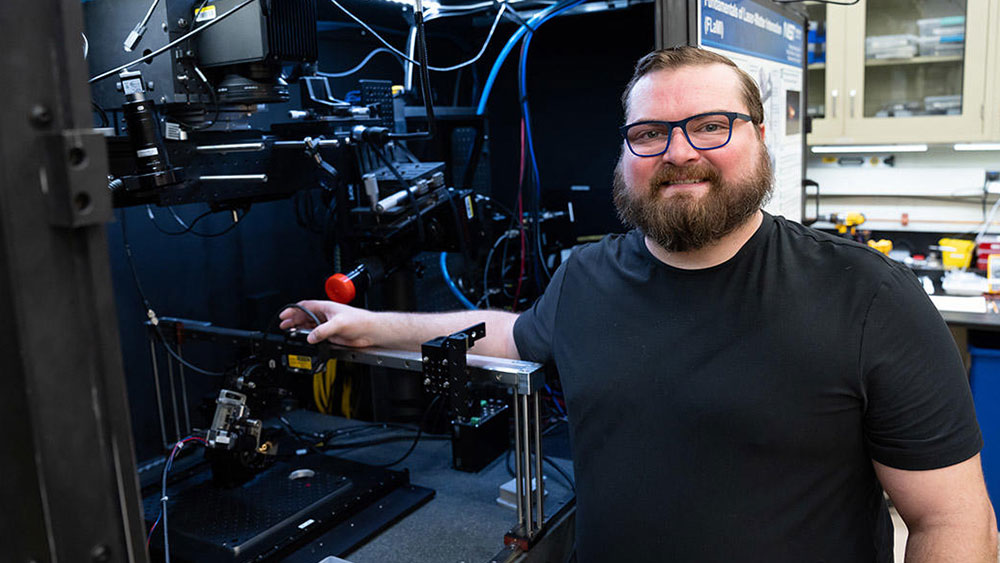M. King/NIST
David Deisenroth, a mechanical engineer at NIST, researches ways to improve metal 3D printing.
Even if you’ve never heard of “light caustics,” you’ve probably seen them. They’re the ethereal patterns of light that coat the bottoms of swimming pools and break up the shadows of glass. Anywhere light is bent or reflected by a curved surface, caustics can appear.
|
ADVERTISEMENT |
This trick of the light is turning out to be an essential tool for 3D-printing metal, a process in which high-powered lasers melt metal powder one layer at a time. NIST scientists have found that caustic reflections from those lasers contain clues about the metal’s microscopic shape.
This research will give us never-before-seen, real-time insights into metal 3D printing.
What’s metal 3D printing?
Most metal 3D printers work by laying down a thin layer of metal powder, using a laser to melt that powder together into a solid shape, then laying down a new layer of powder and repeating the process.
…

Add new comment